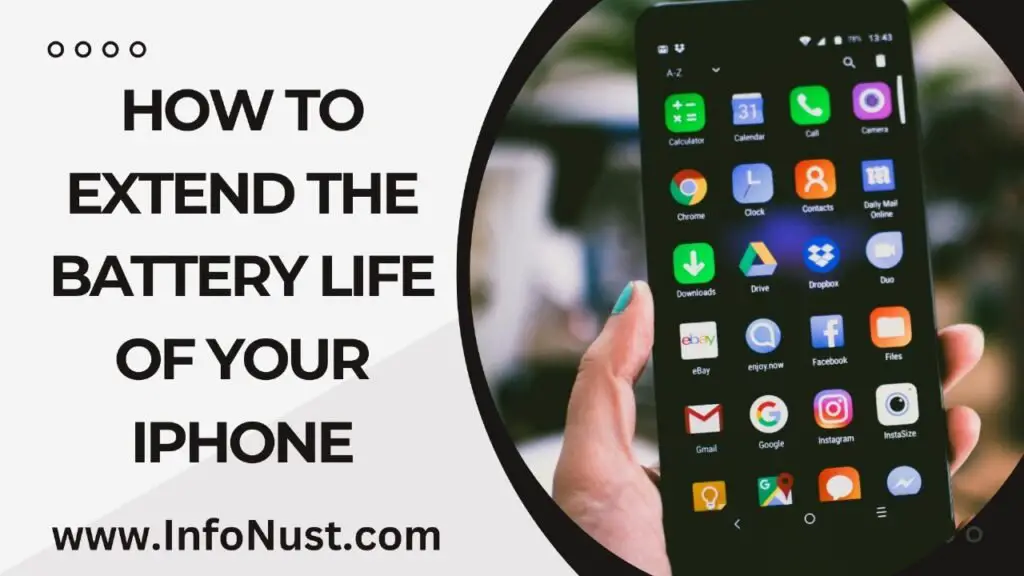How to Extend the Battery Life of Your iPhone
Spread the loveOne of the primary things that the average consumer thinks about is the battery life on smartphones. In the last decade studies from companies … Continue reading How to Extend the Battery Life of Your iPhone
0 Comments
